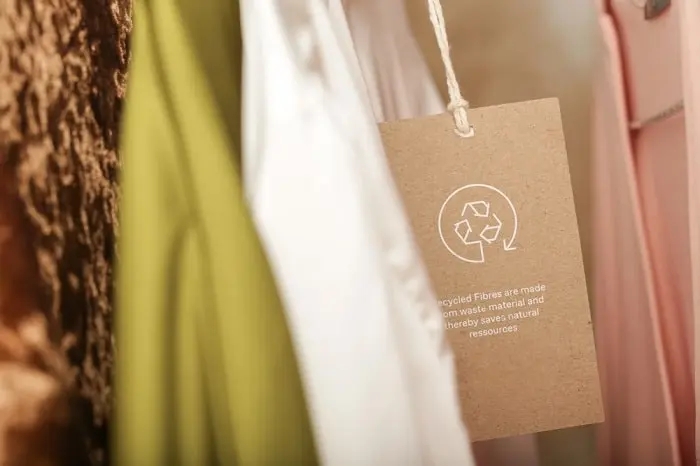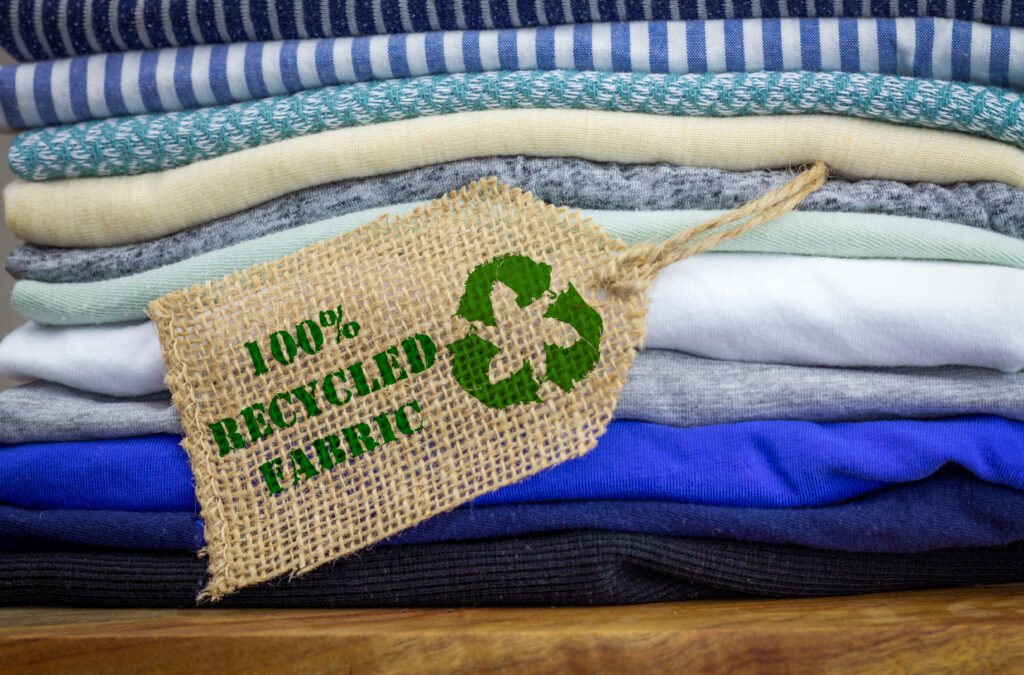
2024-04-29
Happy Labor Day to our cotton rag workers!
International Labor Day is a holiday established to commemorate all working people around the world. On this special day, Yingxin Cotton Rag says Happy Labor Day to all hard-working workers! In the past, International Labor Day was known as “Proletarian Christmas”. This is not only an opportunity to take a vacation and rest, but more importantly, it shows respect for the contributions made by workers. Every position is important, and everyone contributes to social progress in different ways. Finally, I wish all employees a happy holiday! You are the backbone of social development and have made great contributions in ordinary positions. Let’s enjoy Labor Day.
View More

2024-04-29
Is a Sustainable Textile Supply Chain Possible?
Consumers love the latest fashion trends. Globally, each year, 92 million tons of textile waste are sent to landfills. How do textile manufacturers balance inherent waste while still getting the customer-trending fashion? The first step is understanding the problem. Why a Sustainable Textile Supply Chain Is Vital The apparel industry accounts for 10% of global carbon emissions and 20% of global water waste, according to a report by the United Nations Economic Commission for Europe. Not only does the industry waste resources, but it also contributes a significant amount of pollution. Textile manufacturing can emit microplastics into water systems, contaminating water supplies for humans, animals, and plant life. “Fast fashion” might meet consumers’ need for newness, but more than 85% of post-consumer textiles end up in landfills. Consumers are purchasing clothing faster, but only keeping them for half as long to keep up with the latest fashion trends. So, what’s the solution? Demand for Sustainability People want proof that manufacturers are sourcing and providing products in a socially responsible manner. According to McKinsey’s State of Fashion Report 2022, brands are boosting transparency and sustainability by using digital “product passports” to share product information with consumers. A recent study shows that......
View More

2024-04-28
Textile Recycling: Process, Types, and Innovations
Textile recycling describes the process of recovering fibers, yarns, and fabrics, breaking them down into their constituent parts, and creating new materials or garments. The textile industry market size was valued at $959.87 billion in 2022 and is projected to reach $1.37 trillion by 2030. As the industry rapidly expands and demand for fast fashion increases, more waste will be created, and the need for effective and efficient recycling processes will become ever more apparent. The benefits of textile recycling include a reduction in landfill waste, conservation of the world’s natural resources, and significant energy savings. Thanks to innovations in the recycling industry, growing consumer consciousness, and a commitment from global brands to reduce their carbon footprint, textile recycling is on the rise. Nonetheless, there are some obstacles to mass-scale adoption, including cross-contamination, lack of infrastructure, and public awareness. Let’s explore the ins and outs of textile and clothing recycling, including the processes, the benefits and challenges, and the latest innovations. The 4-Step Textile Recycling Process for Unwanted Clothing Textile recycling programs typically consist of four key steps—donation and collection, sorting, processing, and transportation. 1. Donation and CollectionTextile donations for recycling can be categorized as pre-consumer or post-consumer. Post-consumer donations......
View More


